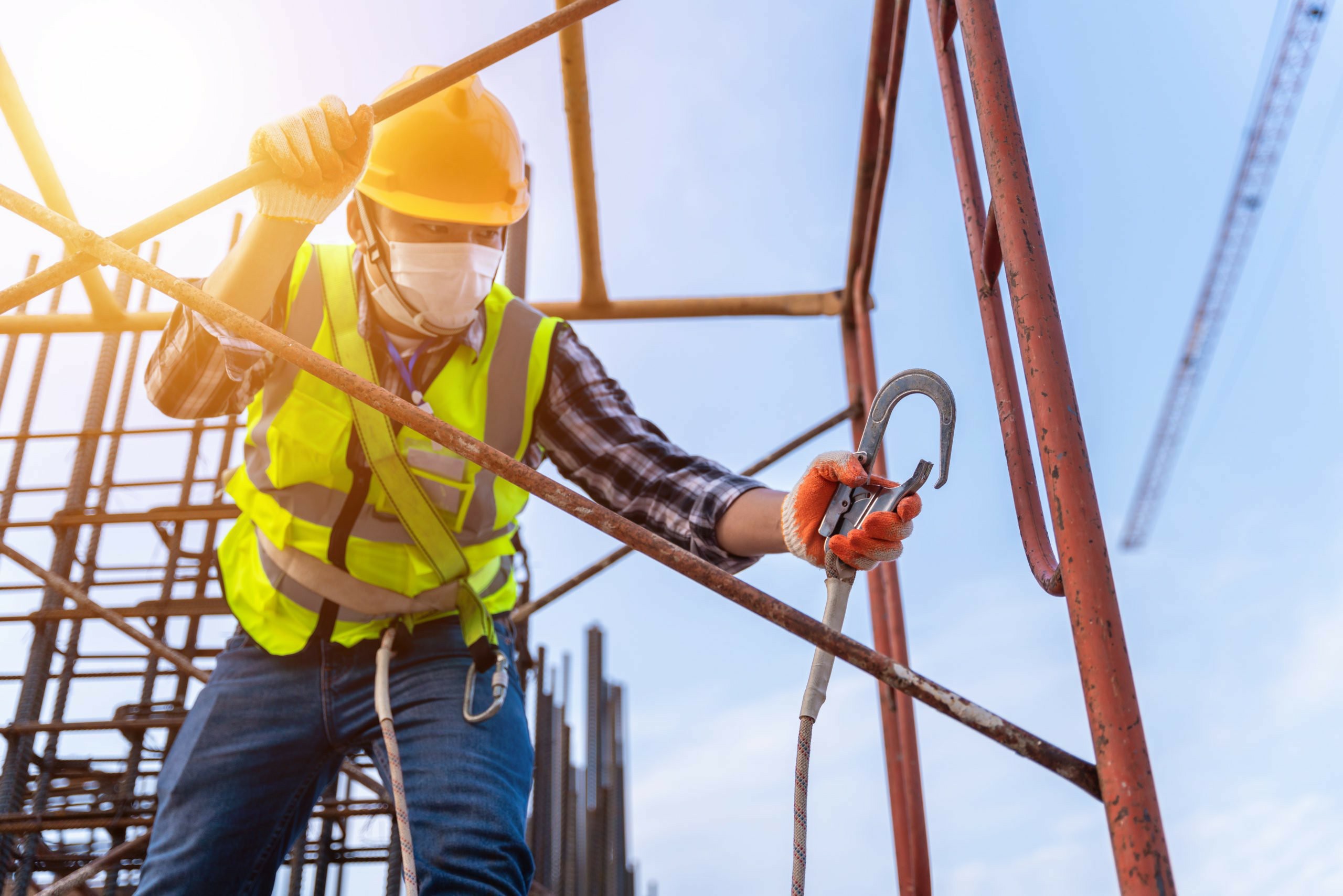The Comprehensive Approach to Integrating Working at Heights Safety Training in Your Business Practices
In today's dynamic work environment, ensuring employee safety is paramount, particularly when it involves Working at Heights. Accidents related to falling from heights can lead to severe injuries, fatalities, and legal repercussions. Consequently, Working at Heights Training is not just a requirement but a necessity to cultivate a safe workplace culture. This blog post delves into how businesses can integrate Working at Heights training into their safety policies, ensuring compliance and minimizing risk.
Understanding the Importance of Working at Heights Training
Before we explore integration strategies, let’s examine why Working at Heights Safety is critical:
- Prevention of Accidents: High-risk tasks lead to a greater likelihood of accidents. Proper training helps employees understand the dangers and how to mitigate them.
- Legal Compliance: Adhering to safety regulations prevents costly fines and legal actions against your company.
- Enhanced Employee Morale: When employees feel safe at work, their productivity increases. A culture of safety boosts confidence and morale.
Conducting Internal Safety Audits
Integrating Working at Heights Certification into your policies begins with a thorough internal safety audit. Here are actionable steps:
- Risk Assessment: Assess the nature of the work being done at heights. Identify potential hazards and areas for improvement.
- Evaluate Current Policies: Review existing safety policies to see how they align with the requirements for Working at Heights.
- Gather Employee Feedback: Involve your team in the audit process. Their insights regarding safety concerns can provide valuable information.
Implementing Mandatory Refresher Training
Regular Working at Heights Course completion is essential for ensuring continuous safety awareness. Here’s how to incorporate refresher training:
- Schedule Regular Sessions: Set up mandatory refresher courses annually or biannually to keep safety knowledge current.
- Utilize Online Platforms: Consider offering a Working at Heights Online Course for flexibility and accessibility.
- Certification Renewals: Ensure that employees’ certifications are up-to-date, and track expiration dates to avoid lapses in training.
Compliance Monitoring: Keeping Your Workplace Safe
After implementing training, ongoing compliance monitoring is crucial. Here are effective strategies:
- Document Training Records: Maintain clear documentation of who has completed the training, the date of completion, and certification status.
- Conduct Regular Inspections: Schedule frequent safety inspections of areas where work at heights occurs to ensure adherence to safety practices.
- Enforce Accountability: Create a culture where safety compliance is everyone’s responsibility. Designate safety officers or committee members to oversee training and compliance.
Creating a Culture of Safety Through Ongoing Education
Integrating Working at Heights Safety Training into your company culture means emphasizing ongoing education. Here are some strategies:
- Involve Leadership: Engage management in training sessions to showcase the importance of safety at all organizational levels.
- Share Success Stories: Highlight how proper training has prevented accidents within your organization or industry.
- Foster Open Discussions: Encourage employees to share experiences and safety tips, which promotes a collaborative safety culture.
Real-World Examples of Successful Training Programs
Many companies have successfully implemented Working at Heights Certification Dublin that could serve as inspiration:
- Construction Firms: Many construction companies have instituted mandatory training programs, resulting in lower accident rates and enhanced employee confidence.
- Industrial Services: Companies providing industrial services equipped their staff with comprehensive safety training, drastically reducing workplace injuries.
Conclusion: Prioritize Safety with Proper Training
Integrating Working at Heights Training into your safety policies is vital for compliance, risk reduction, and fostering a strong safety culture. Conduct internal audits, implement refresher training, and monitor compliance persistently to create a safer workplace. As a proactive step towards safety excellence, consider enrolling your employees in certified training programs.
For more information on certified training, visit Ireland-SafetyTraining or contact us at [email protected]. Together, let’s build a safer future!



 349,500 Offered Certificates
349,500 Offered Certificates
 24/7 Online Training
24/7 Online Training
 Money Back Guarantee
Money Back Guarantee
 Fully Accredited Courses
Fully Accredited Courses
